晶体检波器
A crystal detector is an obsolete[1] electronic component used in some early 20th century radio receivers. It consists of a piece of crystalline mineral that rectifies an alternating current radio signal.[2] It was employed as a detector (demodulator) to extract the audio modulation signal from the modulated carrier, to produce the sound in the earphones.[3] It was the first type of semiconductor diode,[4] and one of the first semiconductor electronic devices.[5] The most common type was the so-called cat's whisker detector, which consisted of a piece of crystalline mineral, usually galena (lead sulfide), with a fine wire touching its surface.[2][5][6]
The "asymmetric conduction" of electric current across electrical contacts between a crystal and a metal was discovered in 1874 by Karl Ferdinand Braun.[7] Crystals were first used as radio wave detectors in 1894 by Jagadish Chandra Bose in his microwave experiments.[8][9] Bose first patented a crystal detector in 1901.[10] The crystal detector was developed into a practical radio component mainly by G. W. Pickard,[5][11][12] who discovered crystal rectification in 1902 and found hundreds of crystalline substances that could be used in forming rectifying junctions.[3][13] The physical principles by which they worked were not understood at the time they were used,[14] but subsequent research into these primitive point contact semiconductor junctions in the 1930s and 1940s led to the development of modern semiconductor electronics.[2][5][1][15]
The unamplified radio receivers that used crystal detectors are called crystal radios.[16] The crystal radio was the first type of radio receiver that was used by the general public,[1] and became the most widely used type of radio until the 1920s.[17] It became obsolete with the development of vacuum tube receivers around 1920,[2][1] but continued to be used until World War II and remains a common educational project today thanks to its simple design.



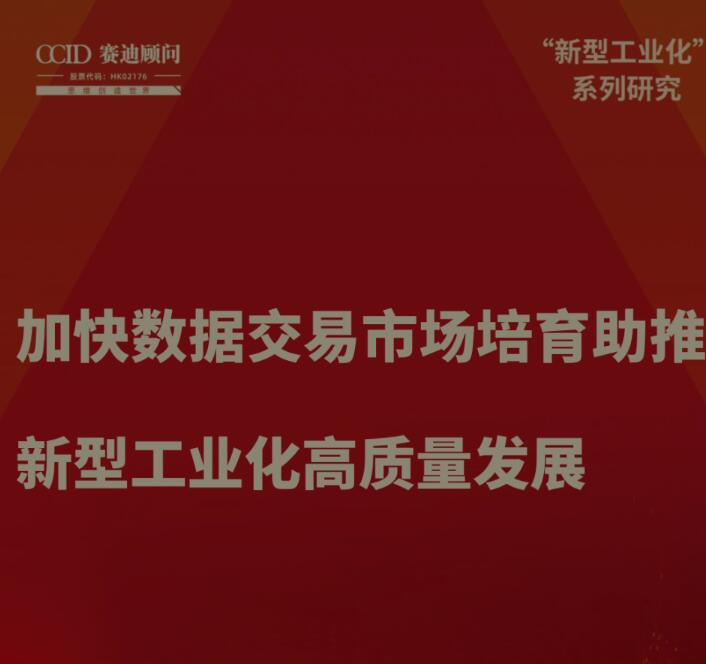

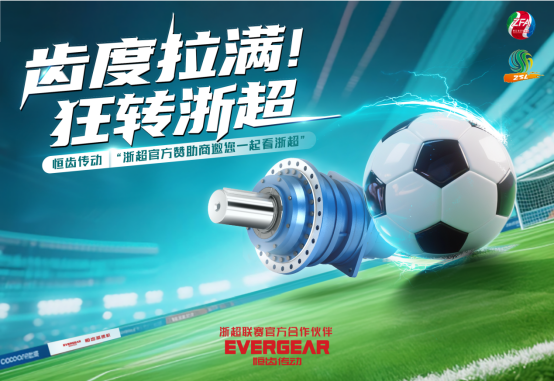

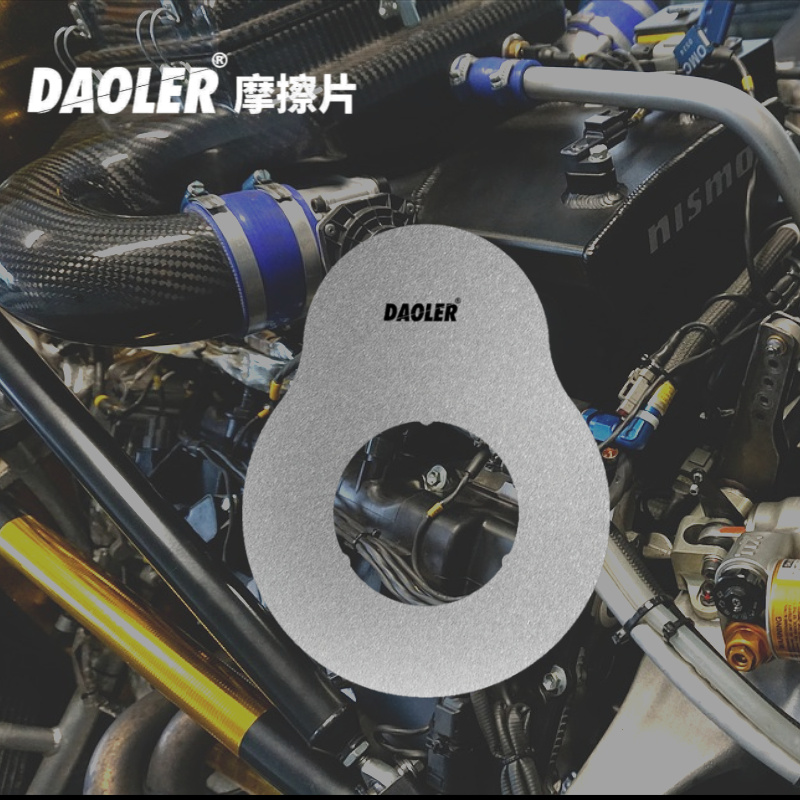




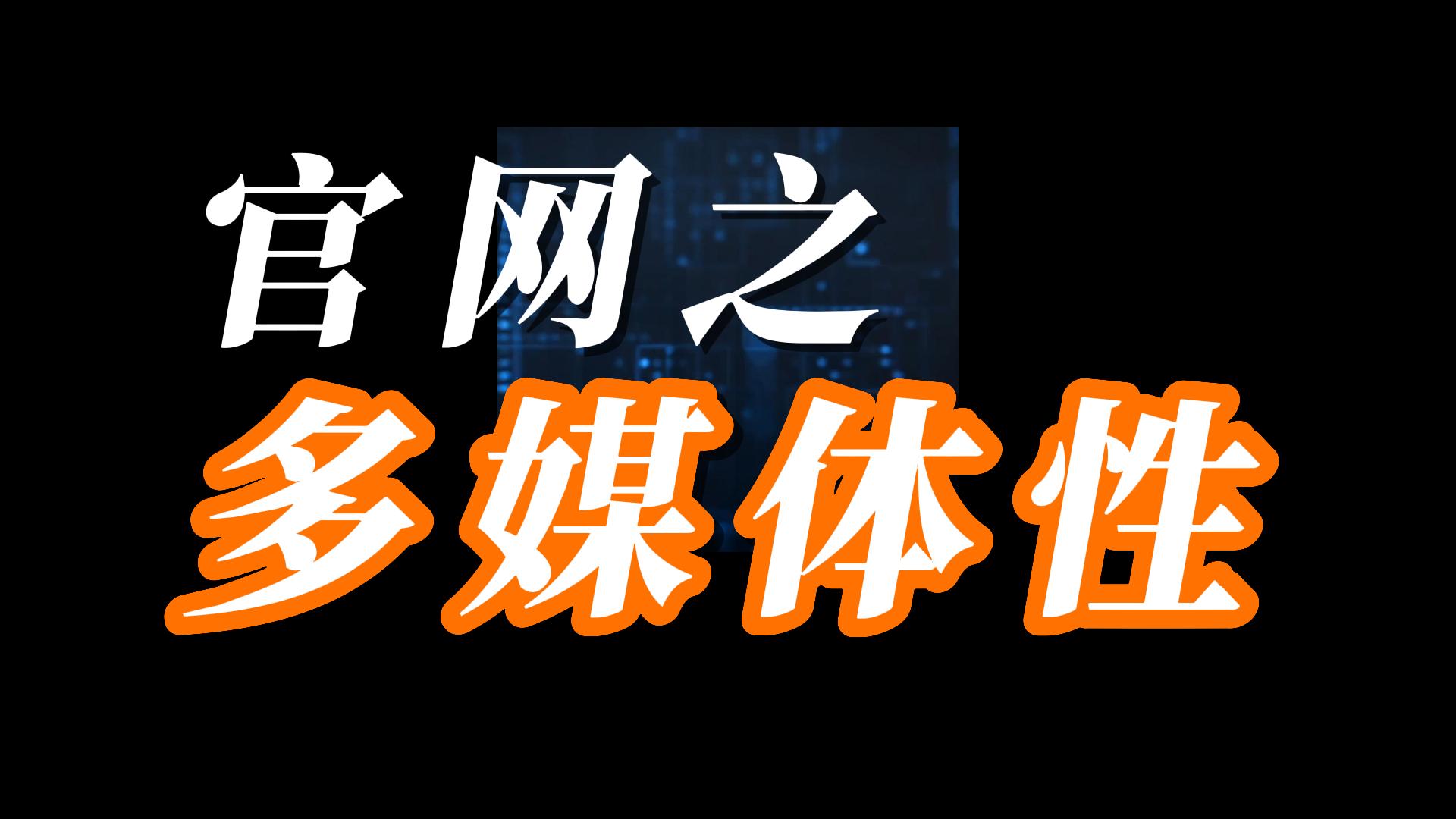



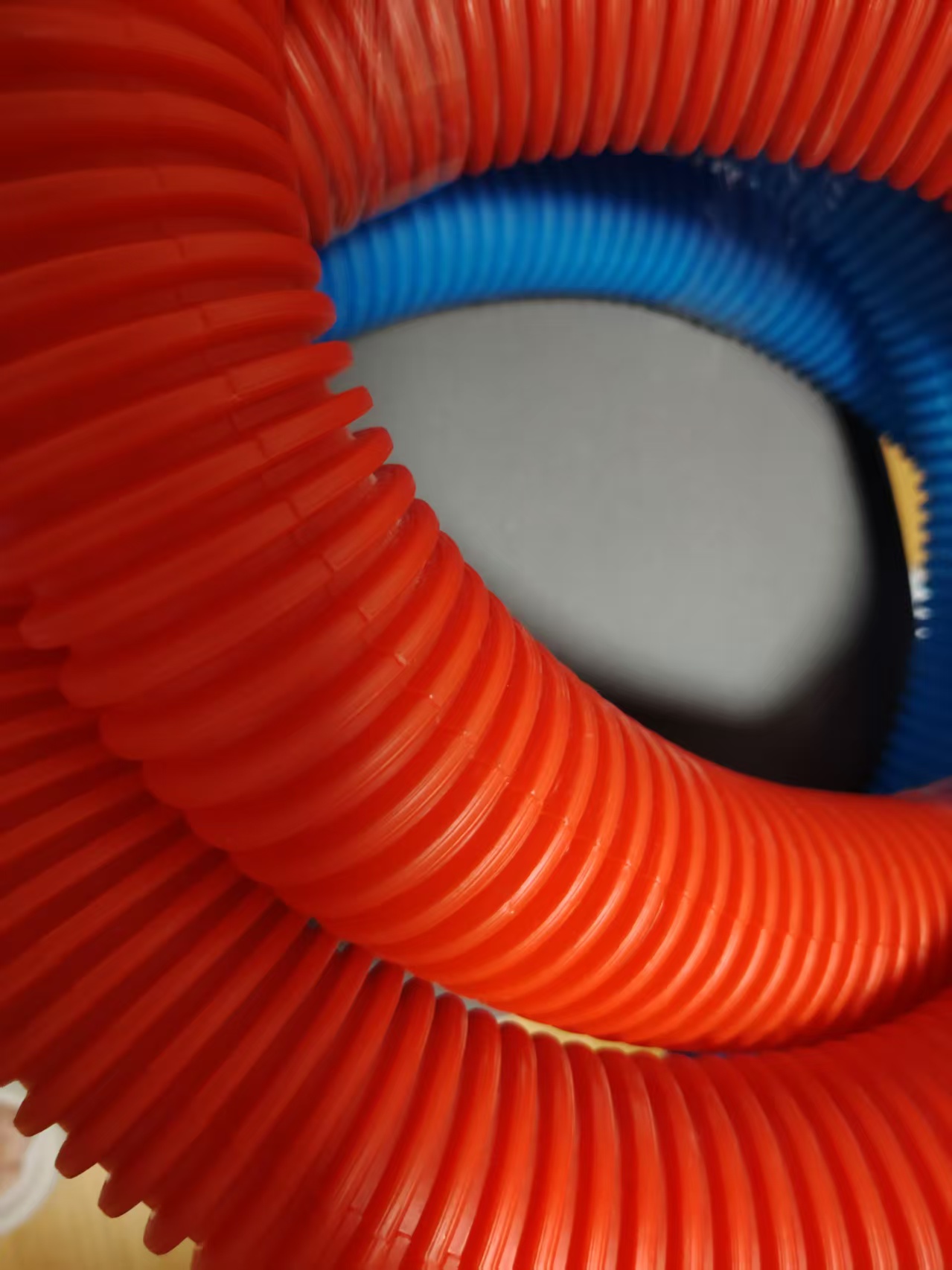
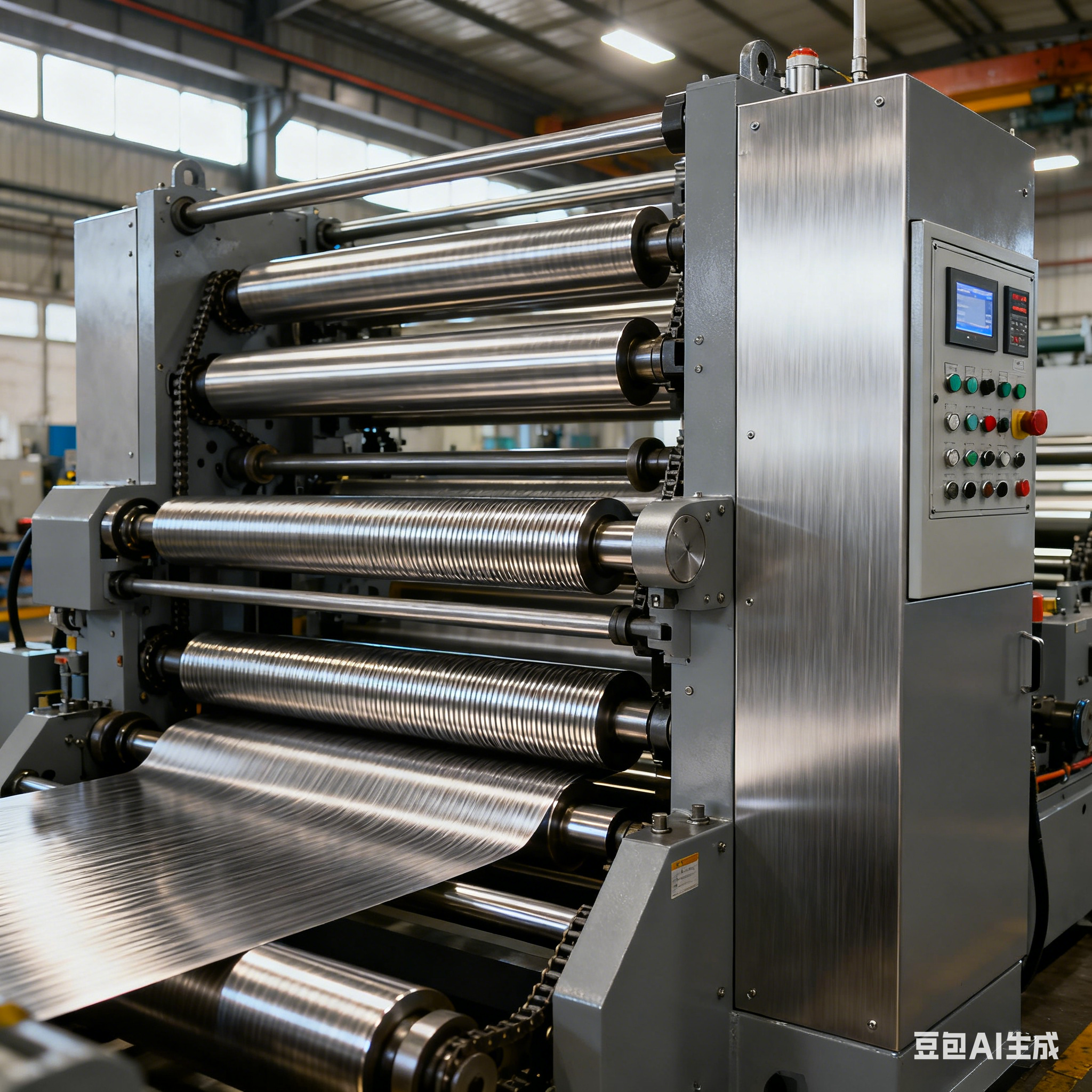
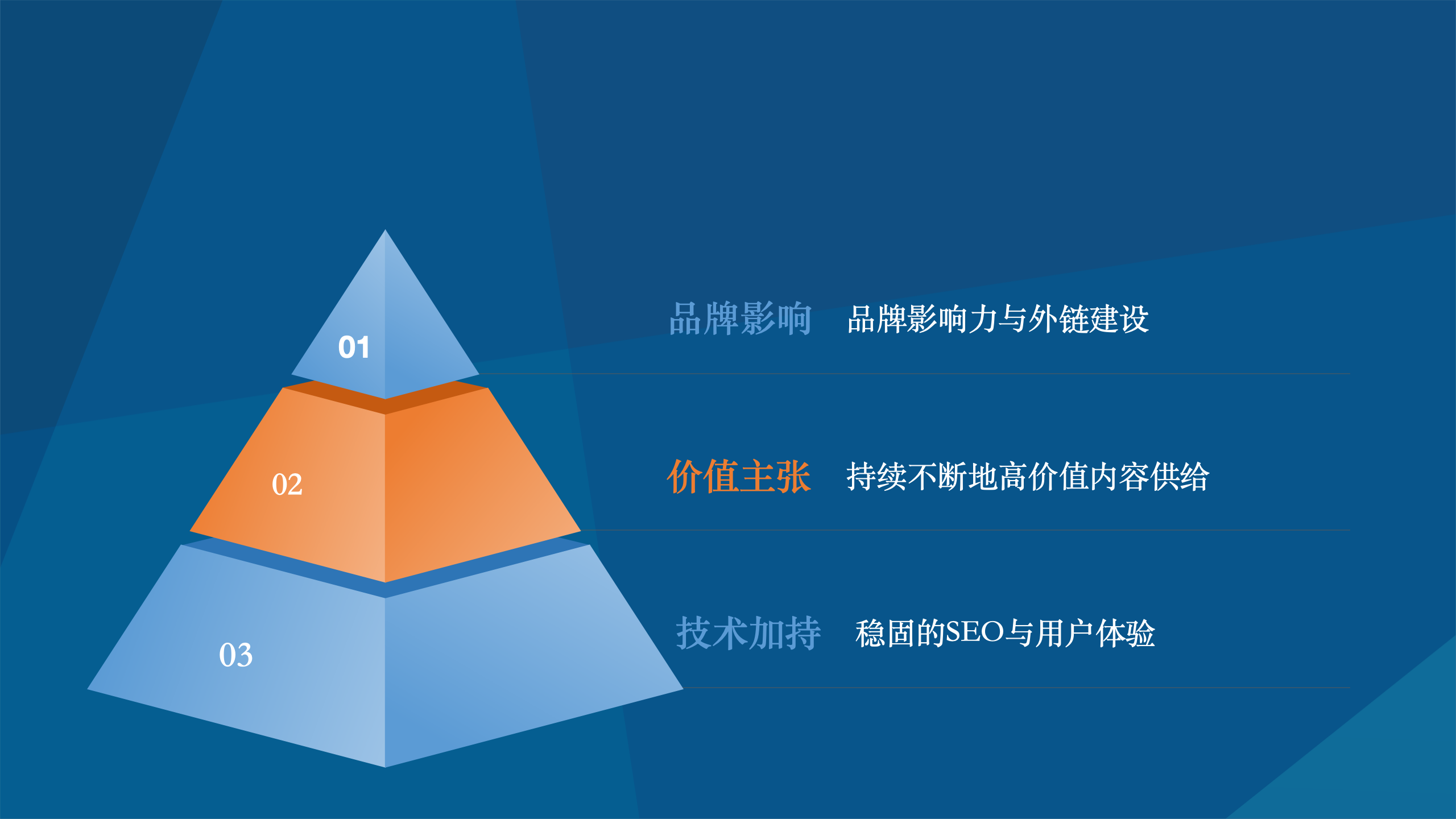
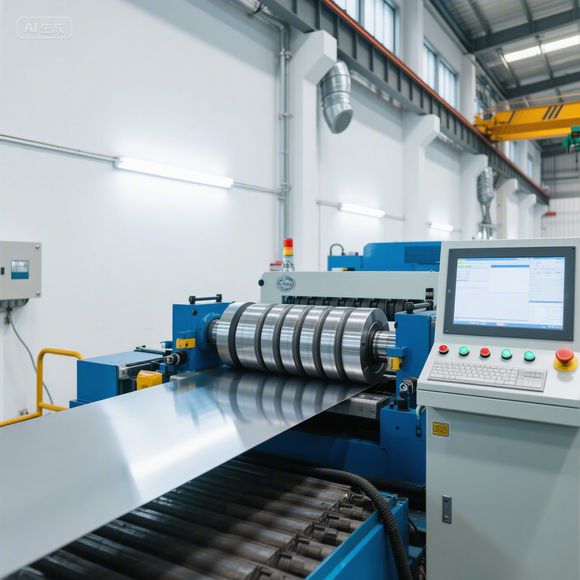
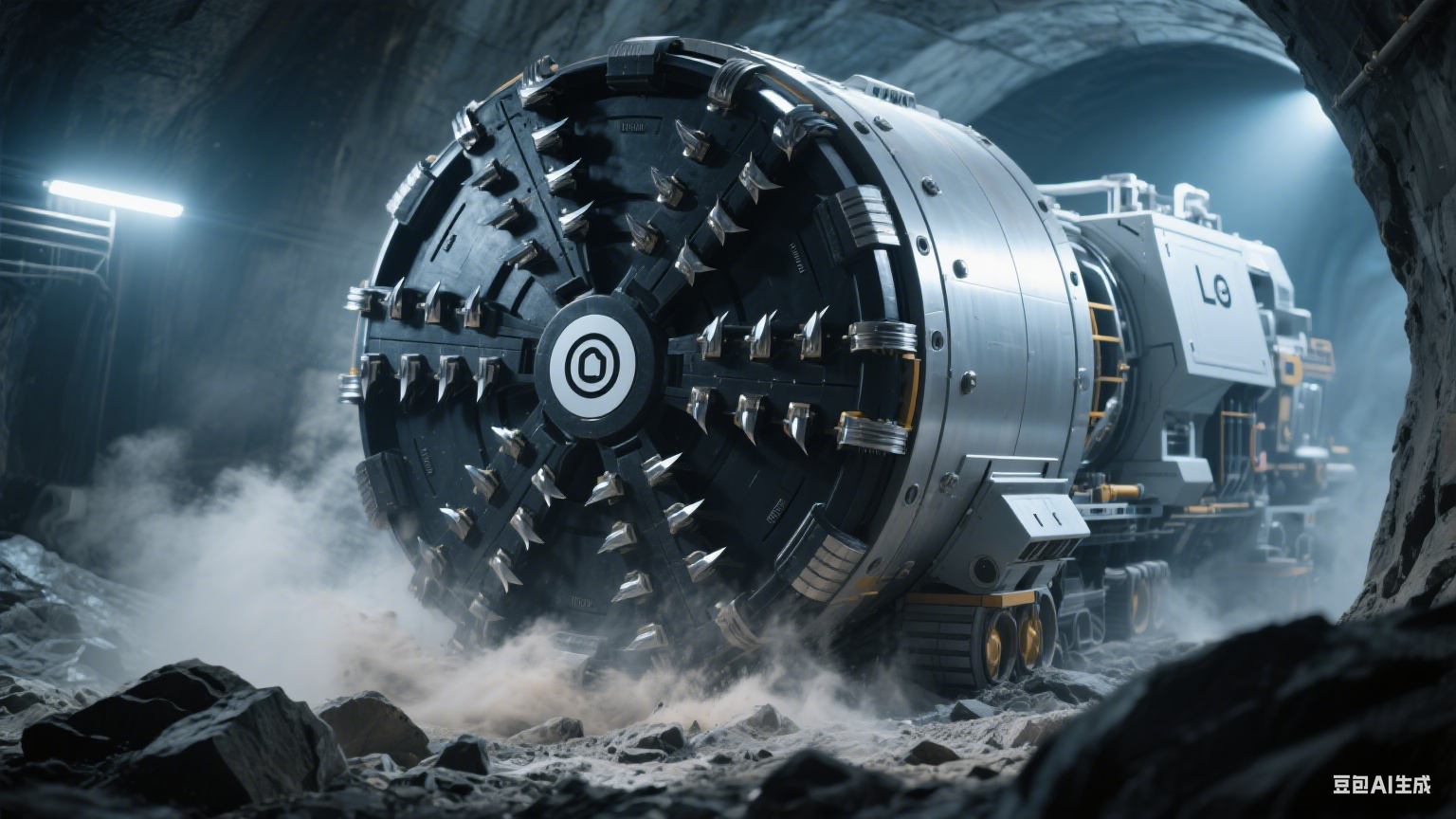
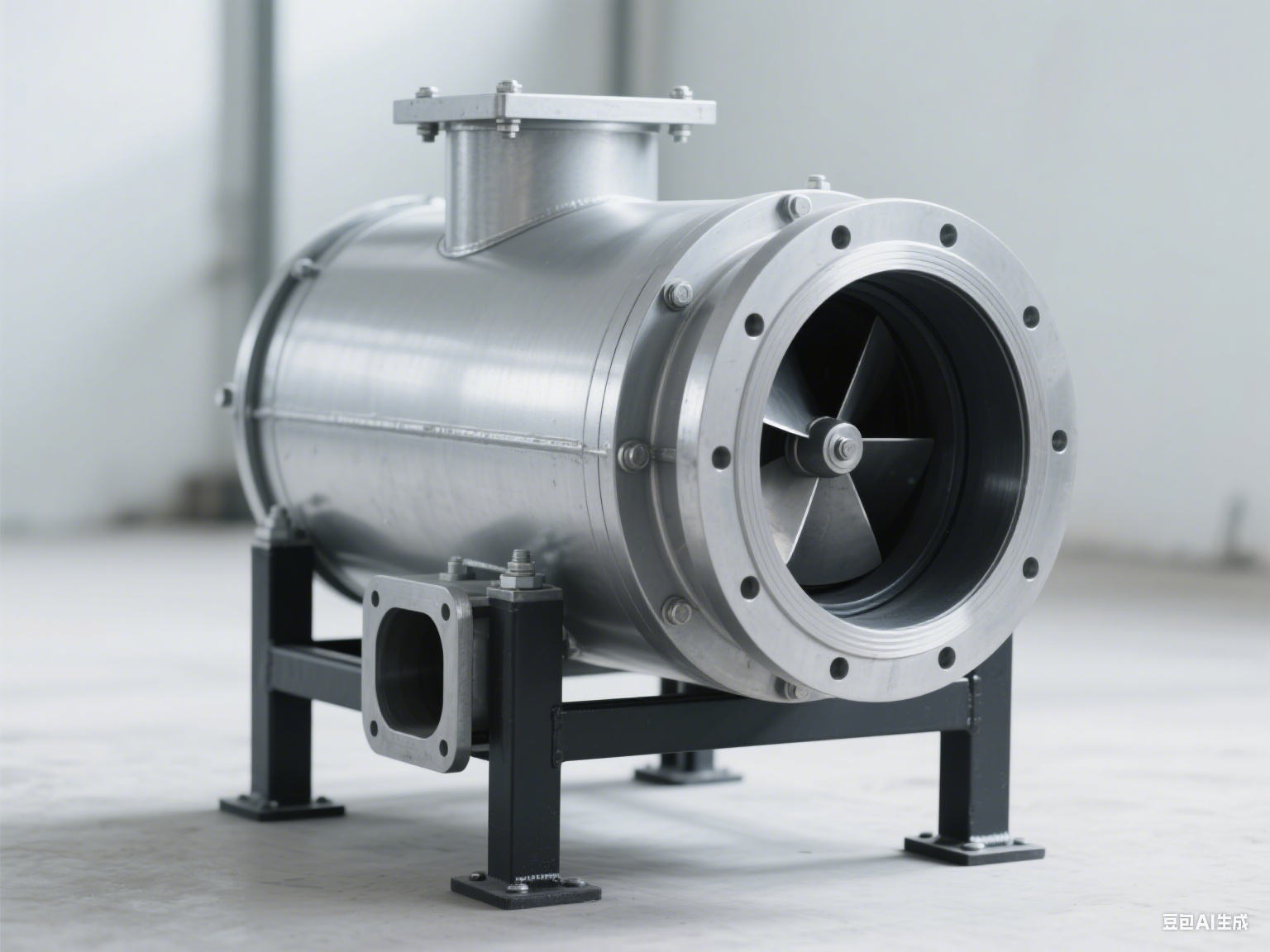
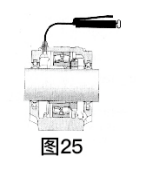
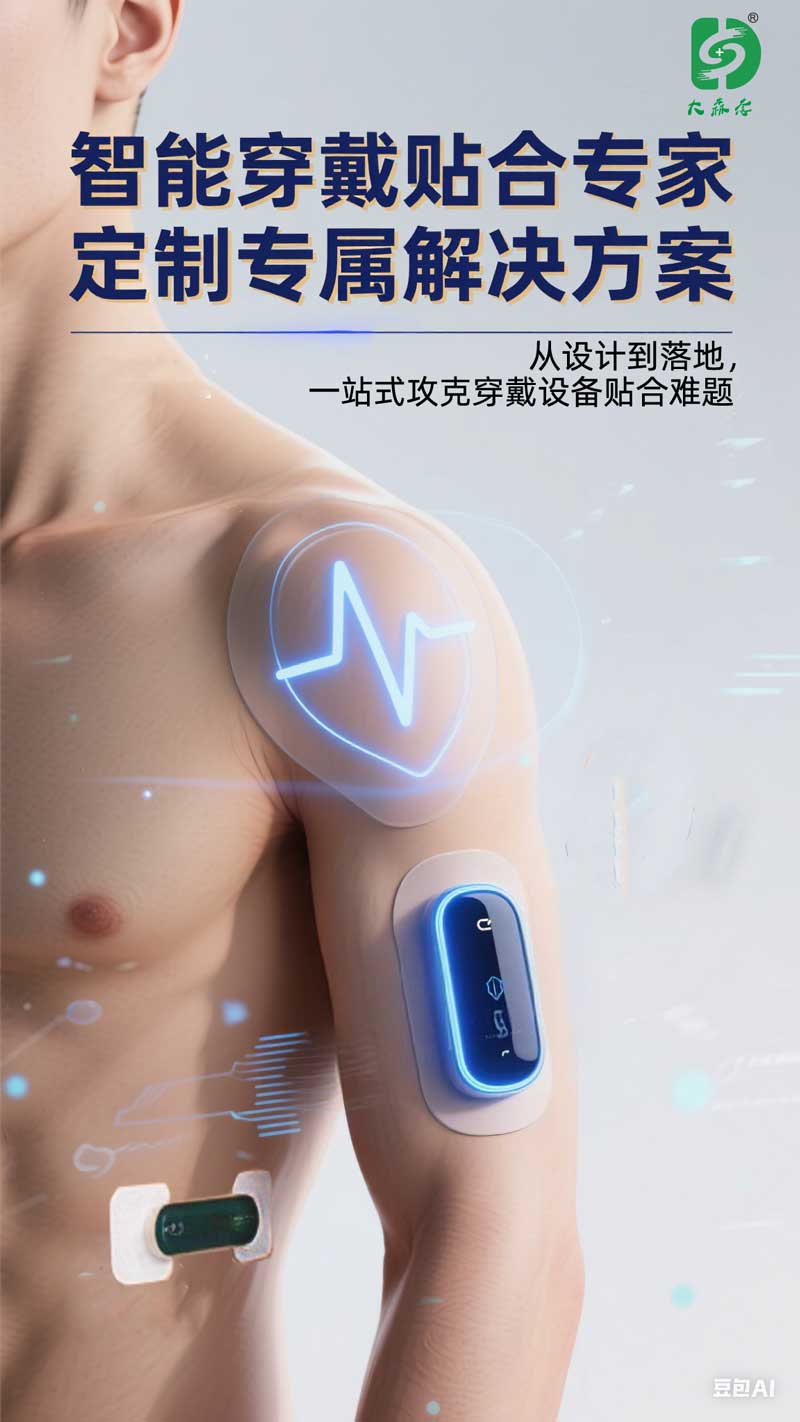



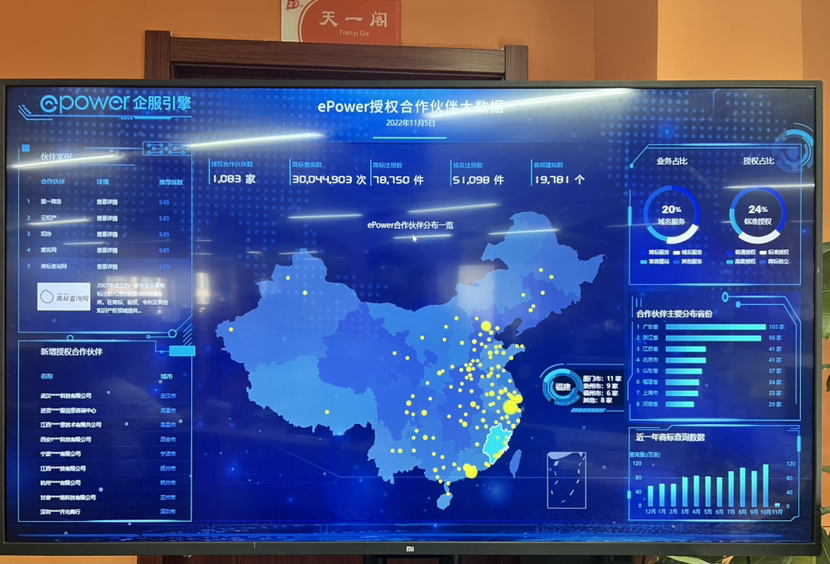
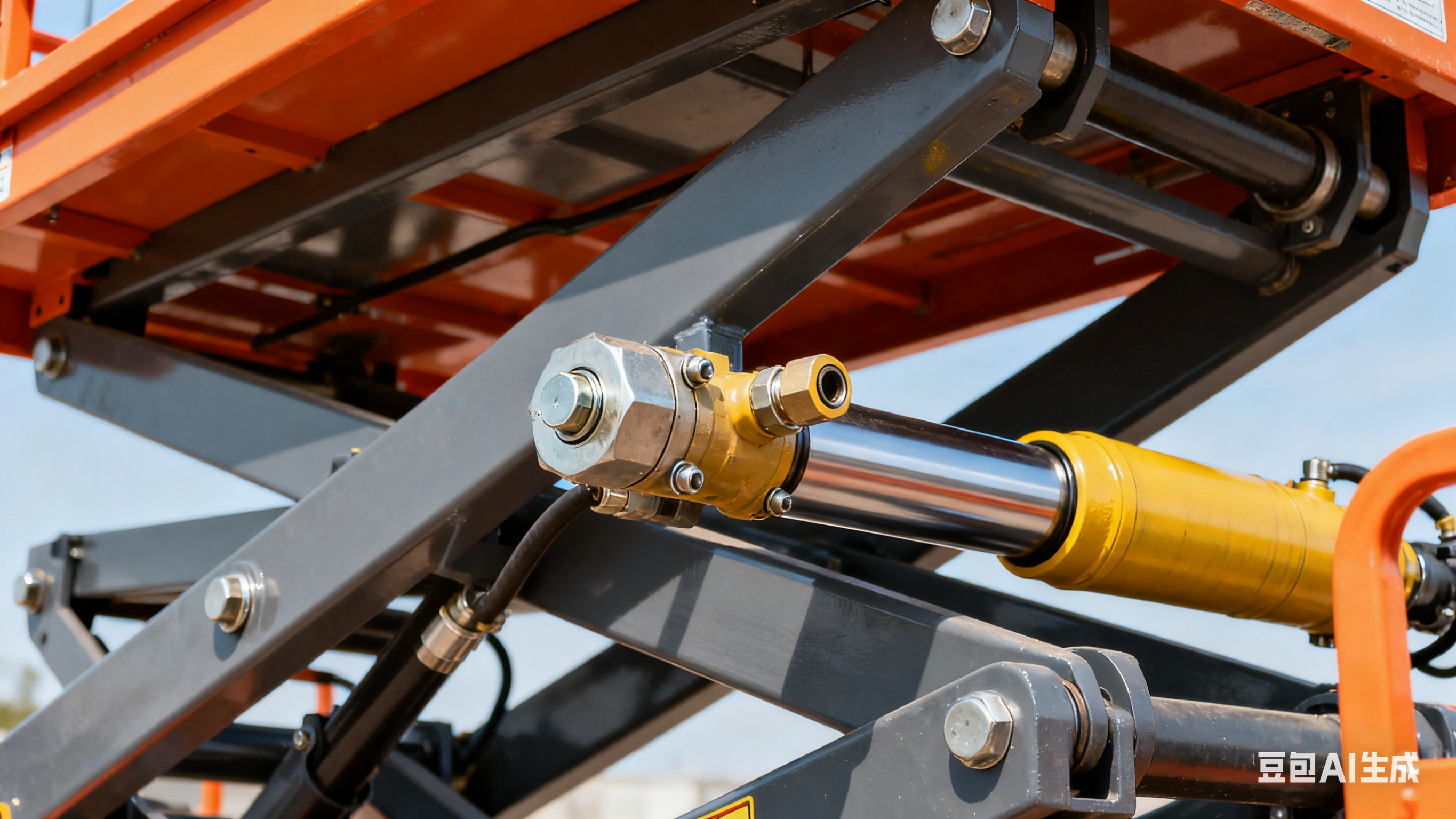
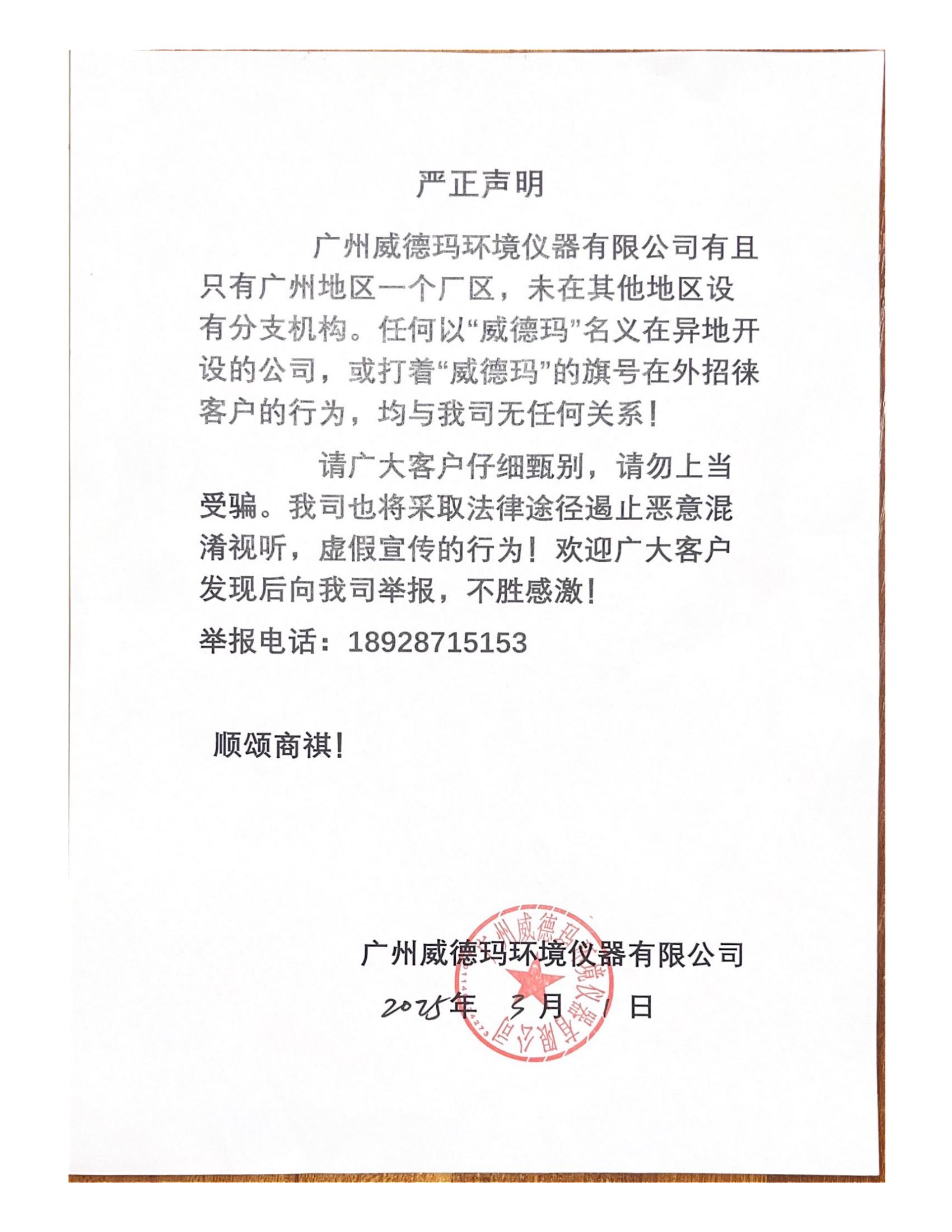



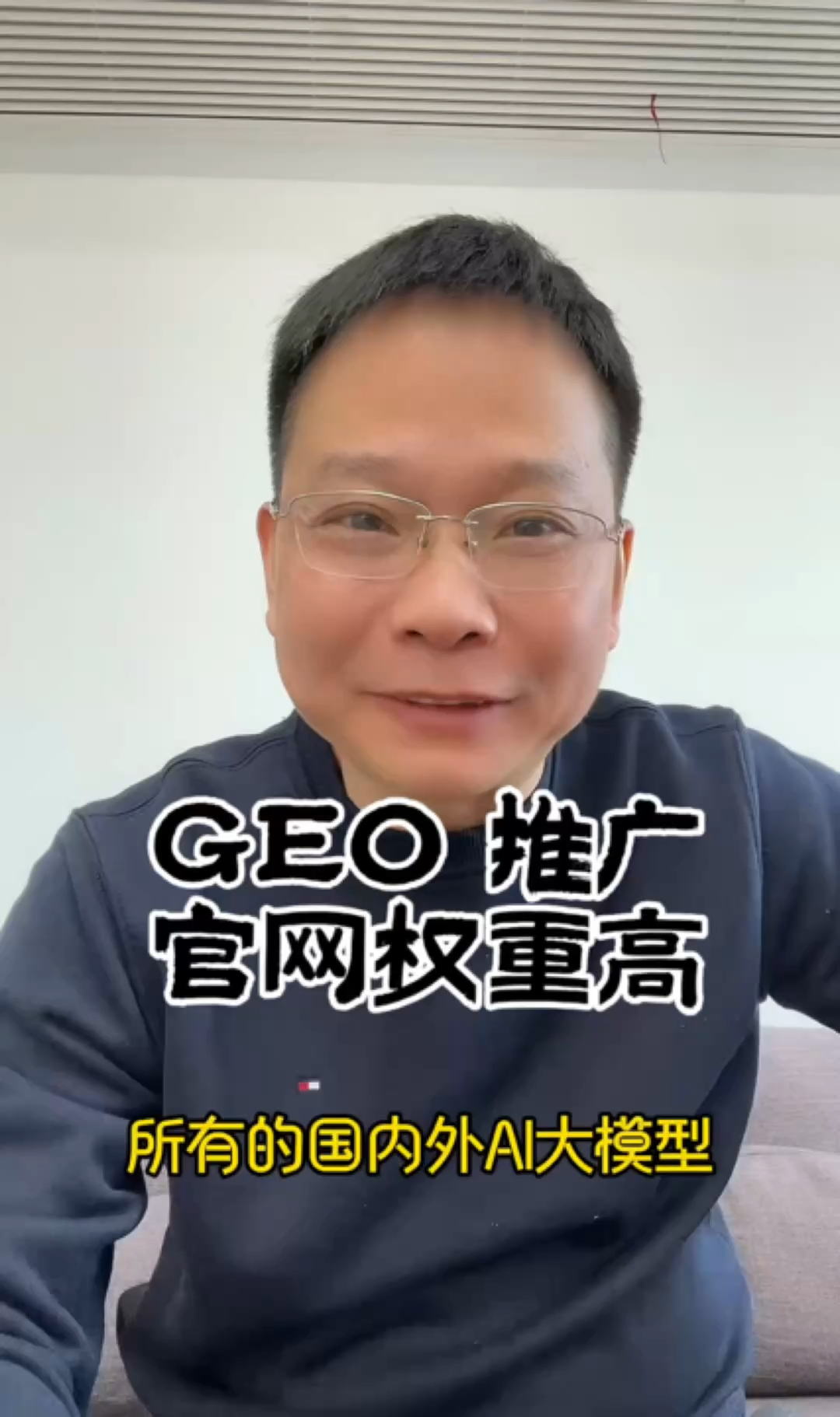



请先 登录后发表评论 ~